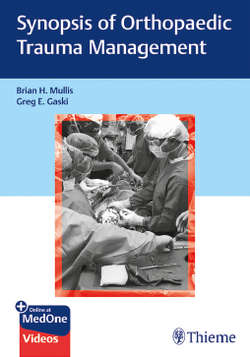Читать книгу Synopsis of Orthopaedic Trauma Management - Brian H. Mullis - Страница 62
На сайте Литреса книга снята с продажи.
I. The Biology of Bone Grafts
ОглавлениеThe biology of bone grafts and their substitutes is appreciated from an understanding of the bone formation processes of osteogenesis, osteoinduction, and osteoconduction.
A. Osteogenesis: The ability of cellular elements within a donor graft, which survive transplantation, to synthesize new bone at the recipient site. Transplantation of marrow elements alone have demonstrated the ability to survive and form bone.
B. Osteoconduction: Substrate site for cellular attachment with the appropriate three-dimensional architecture to allow for these cells to proliferate. Material acts as a scaffolding through which to build bone. This three-dimensional process involves vascular proliferation and ingrowth of capillaries along the open spaces in the substrate. Therefore, the porosity of these materials is critical.
C. Osteoinduction: A process that supports the mitogenesis of undifferentiated mesenchymal cells leading to the formation of osteoprogenitor cells which have the capacity to form new bone. Thus, any material that induces this process could be considered to be osteoinductive material.
1. All skeletal tissues evolve from undifferentiated mesenchymal stem cells and make a genetic commitment to a particular cellular lineage early in the developmental or repair process. The stimulus that causes these undifferentiated mesenchymal cells to differentiate along a chondro-osteogenic pathway is known as an inductive factor.
2. These cells are influenced by multiple factors which cause them to migrate, attach, and multiply at the locale that provides a competent osteoconductive substrate as a site of cellular attachment.
3. Osteoinductive new bone formation is realized through the active recruitment of host mesenchymal stem cells from the surrounding tissue which differentiate into bone-forming osteoblasts. This process is facilitated by the presence of “inductive” growth factors within the graft.
